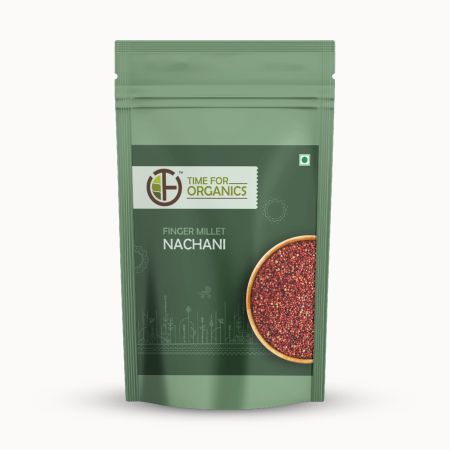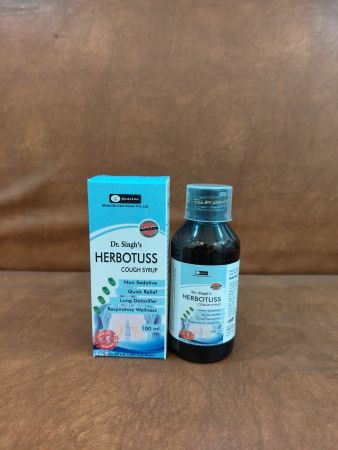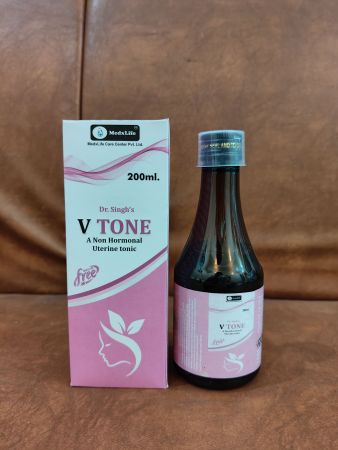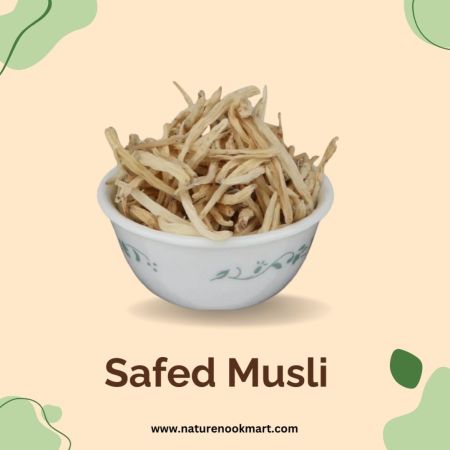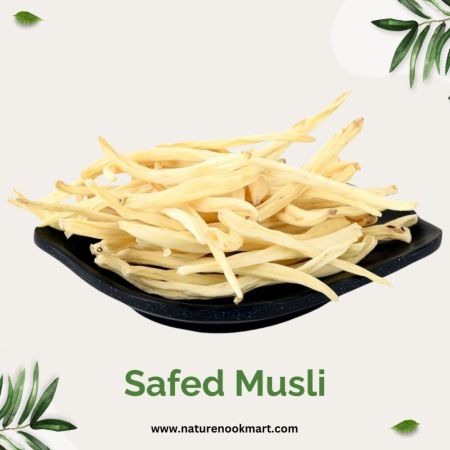|
Echinacea, commonly known as coneflower, is a perennial herb native to North America. It is highly regarded for its powerful immune-boosting properties and has been used for centuries in traditional medicine. Echinacea's vibrant purple flowers, along with its medicinal roots and leaves, have earned it a place in herbal remedies for preventing and treating colds, infections, and more.
Botanical Characteristics:
Echinacea is a tall, herbaceous plant that can grow up to 1 meter (3 feet) tall. It has striking daisy-like flowers with purple petals and a spiny, central cone that gives the plant its name. The leaves are lance-shaped and the plant has a strong, earthy aroma. The most medicinally valuable parts of the plant are its roots, though the leaves and flowers also contain active compounds.
Health Benefits of Raw Echinacea:
Echinacea is packed with bioactive compounds such as alkylamides, flavonoids, cichoric acid, and essential oils, which are responsible for its therapeutic effects. Some of the primary health benefits include:
Immune System Support:
Echinacea is best known for enhancing the immune system, helping to prevent or reduce the duration of colds, flu, and respiratory infections.
It boosts the production of white blood cells, which are essential for defending the body against infections.
Antioxidant and Anti-inflammatory Properties:
Echinacea contains potent antioxidants that combat oxidative stress and inflammation in the body.
It helps manage conditions related to chronic inflammation, such as arthritis and autoimmune diseases.
Antiviral and Antibacterial Effects:
Known for its antiviral and antibacterial properties, Echinacea can help fight off various infections and pathogens.
It has been shown to shorten the duration of respiratory infections, such as the common cold.
Skin Health:
Echinacea supports skin health by promoting wound healing and soothing skin irritations.
It is often used in topical treatments for conditions like eczema, psoriasis, and minor cuts or abrasions.
Stress Reduction and Anxiety Relief:
Echinacea acts as a mild adaptogen, helping the body cope with stress and anxiety.
It promotes a sense of relaxation and can enhance overall well-being.
Pain Relief:
Echinacea may help relieve pain, especially from inflammation, due to its analgesic effects.
It is often used as a natural remedy for headaches, muscle pain, and sore throats.
Culinary and Medicinal Uses of Raw Echinacea:
Raw Leaves and Flowers: Can be used in teas, smoothies, or salads for a mild, earthy flavor and health benefits.
Fresh Root: The root is the most potent part of the plant and is used in herbal remedies. It can be made into tinctures or extracts.
Herbal Tea: Echinacea flowers and leaves are often steeped in hot water to create a soothing tea that supports immune health.
Topical Application: Fresh leaves or crushed flowers can be applied directly to the skin to help with minor wounds or irritations.
Cultural and Historical Significance:
Echinacea has been used by Native American tribes for centuries to treat infections, wounds, and general health conditions. It was later adopted in European herbal medicine and gained popularity worldwide as an immune-boosting herb. Historically, it was used to treat snakebites, fevers, and sore throats.
Nutritional Composition of Raw Echinacea:
Vitamins: Contains Vitamin C, Vitamin A, and some B vitamins.
Minerals: Includes calcium, magnesium, and potassium.
Bioactive Compounds: Alkylamides, flavonoids, cichoric acid, echinacoside, and essential oils.
Calories: Low-calorie, with a moderate amount of dietary fiber.
Environmental Role and Cultivation:
Echinacea thrives in well-drained, moderately fertile soil and prefers full sunlight. It is hardy and drought-tolerant, making it a sustainable crop. The plant is often grown in gardens, herbal farms, or native habitats. Its flowers attract pollinators like bees and butterflies, contributing to local biodiversity.
|



.jpg)
.jpg)
.jpg)


.jpg)
